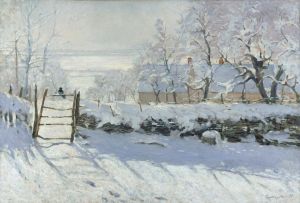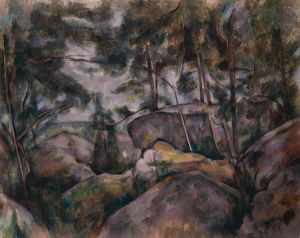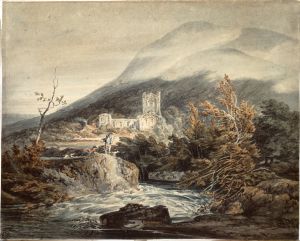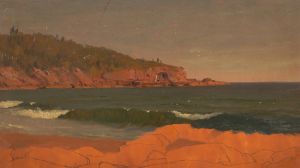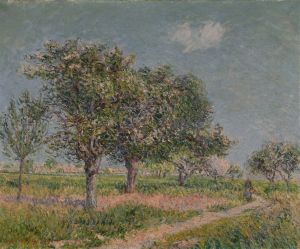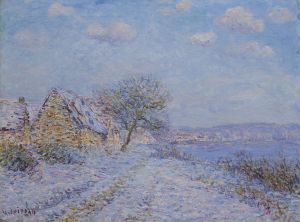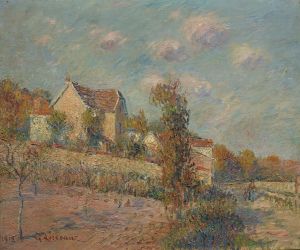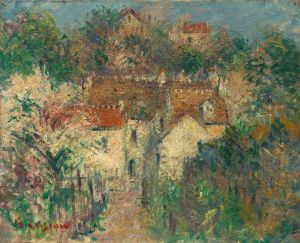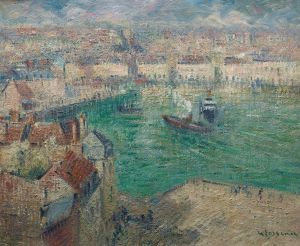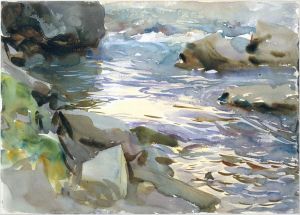
Falaises
A hand-painted replica of Gustave Loiseau’s masterpiece Falaises, meticulously crafted by professional artists to capture the true essence of the original. Each piece is created with museum-quality canvas and rare mineral pigments, carefully painted by experienced artists with delicate brushstrokes and rich, layered colors to perfectly recreate the texture of the original artwork. Unlike machine-printed reproductions, this hand-painted version brings the painting to life, infused with the artist’s emotions and skill in every stroke. Whether for personal collection or home decoration, it instantly elevates the artistic atmosphere of any space.
Gustave Loiseau (1865–1935) was a French Post-Impressionist painter known for his landscapes and scenes of rural life. He was part of the generation of artists who followed the Impressionists, and his work is characterized by a focus on light and atmosphere, often capturing the changing seasons and times of day. Loiseau was particularly known for his technique of "en treillis," a cross-hatching brushstroke that added texture and movement to his canvases.
One of Loiseau's notable works is "Falaises," which translates to "Cliffs" in English. This painting exemplifies Loiseau's interest in capturing the natural beauty of the French countryside, particularly the coastal regions. While specific details about the painting "Falaises" are limited, it is consistent with Loiseau's broader oeuvre, which often depicted the landscapes of Normandy and Brittany, regions known for their dramatic coastlines and cliffs.
Loiseau's approach to painting was deeply influenced by his desire to capture the transient effects of light and weather. This is evident in "Falaises," where the interplay of light and shadow on the cliffs would have been a central theme. His use of color and brushwork aimed to convey the atmosphere and mood of the scene, rather than focusing on precise details. This aligns with the broader Post-Impressionist movement, which sought to build on the Impressionists' exploration of light and color while incorporating more structure and form.
Throughout his career, Loiseau maintained a close connection with nature, often painting en plein air, or outdoors, to directly observe the effects of light and atmosphere. This practice allowed him to create works that were both vibrant and dynamic, capturing the essence of the landscapes he depicted. "Falaises" would have been painted with this approach, emphasizing the natural beauty and ruggedness of the cliffs.
Loiseau exhibited regularly at the Salon des Indépendants and the Salon d'Automne in Paris, where his works were well-received by critics and collectors alike. His paintings, including "Falaises," contributed to the appreciation of the French landscape and the unique qualities of its coastal regions. Today, Loiseau's works are held in various public and private collections, and he is remembered as a significant figure in the Post-Impressionist movement.
In summary, "Falaises" by Gustave Loiseau is a testament to the artist's skill in capturing the natural beauty of the French landscape, particularly its coastal cliffs. Through his distinctive brushwork and keen observation of light and atmosphere, Loiseau created a work that reflects the essence of the Post-Impressionist movement and his personal connection to the natural world.





